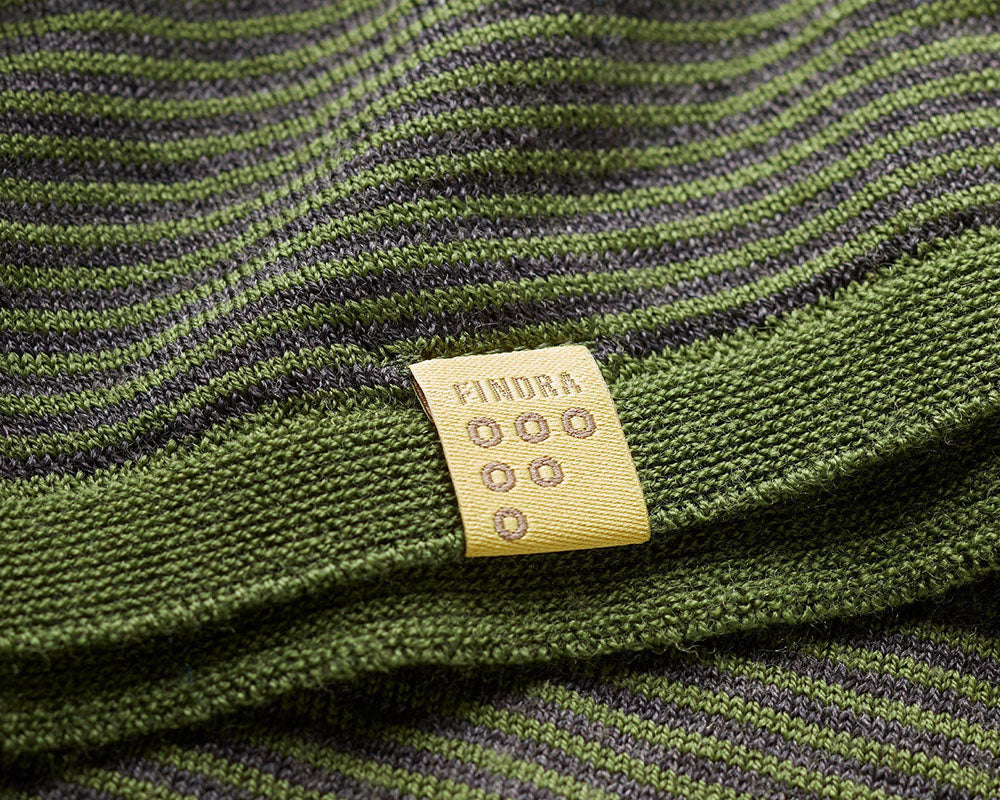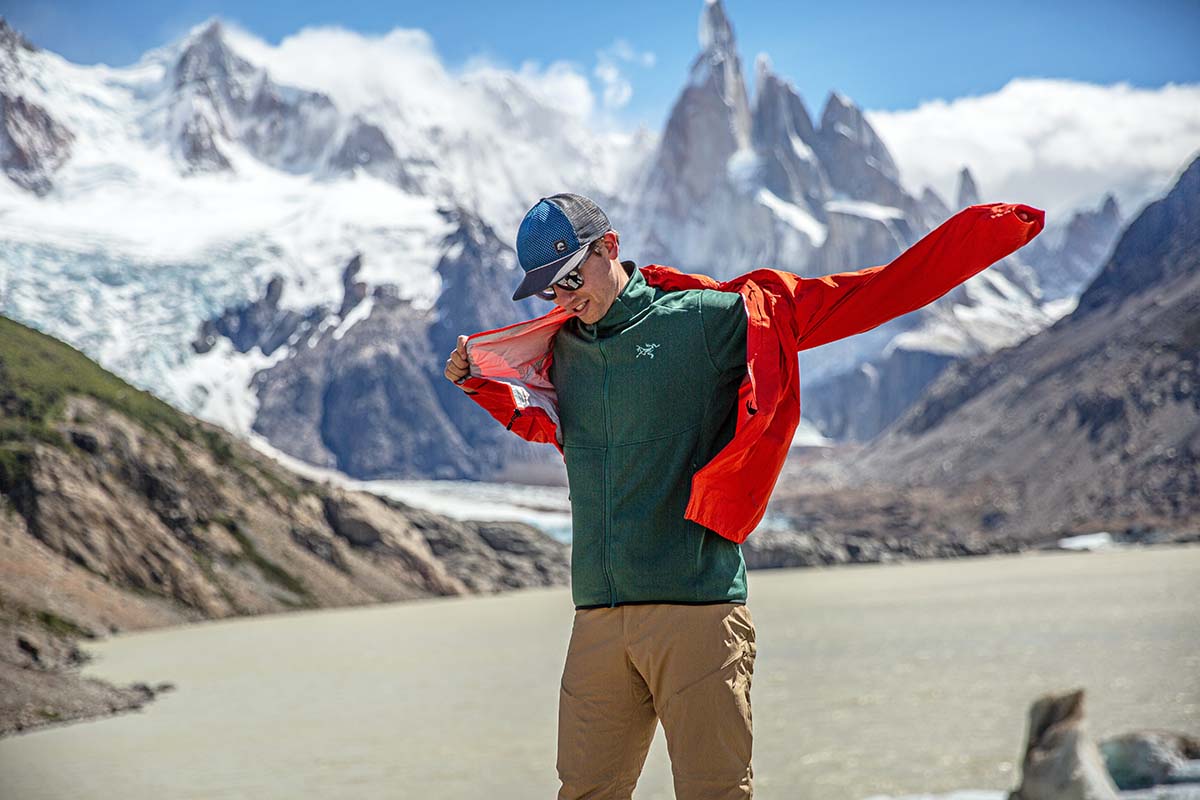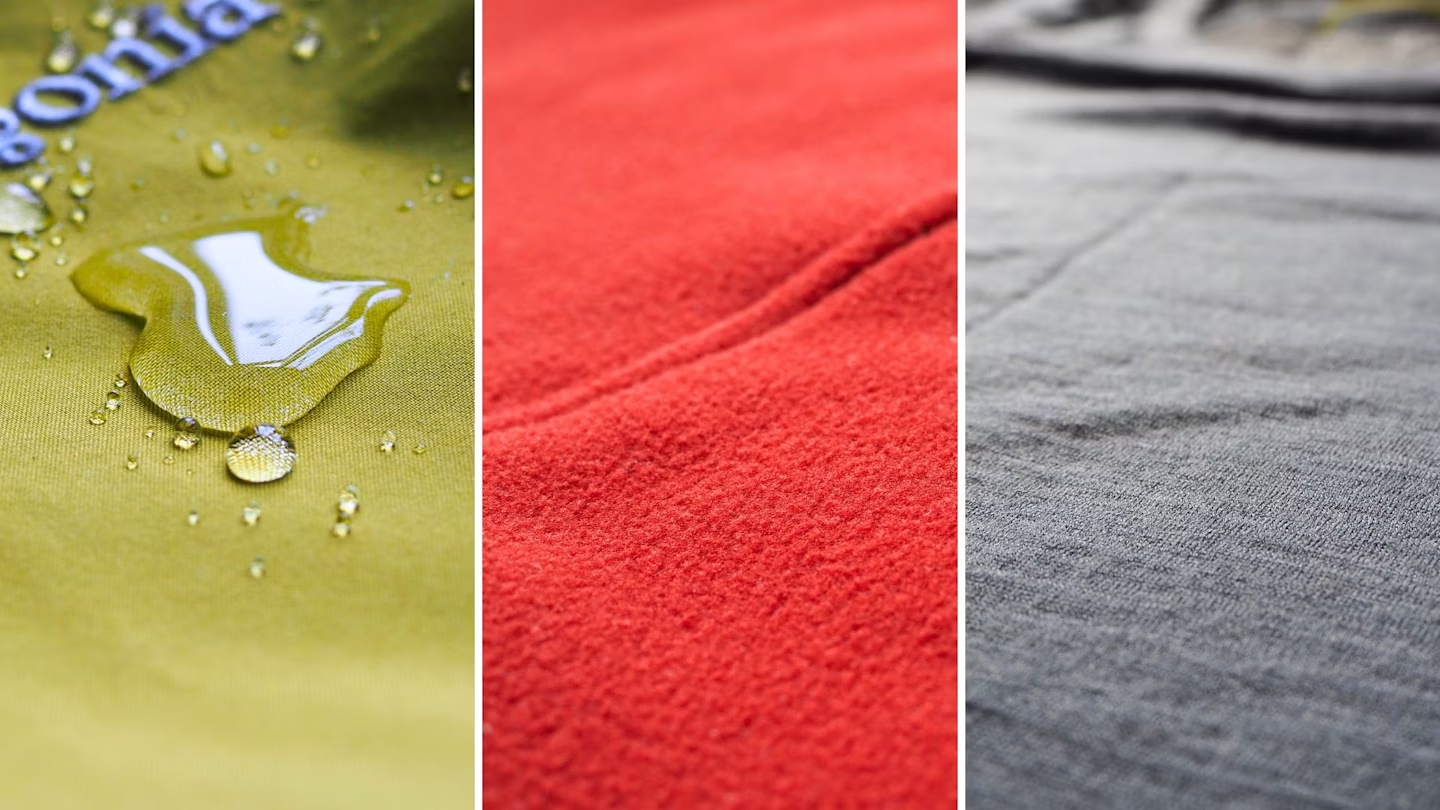When winter’s chill sets in, most of us scramble for our heavy coats, gloves, and scarves. But there’s a more nuanced approach to keeping warm than just throwing on your thickest jacket. Layering is the key to maintaining optimal comfort and warmth in cold weather. In fact, how you layer can make all the difference between enduring the cold and feeling insulated from it.
This article delves into why layering is essential for cold-weather clothing and how it works, step by step, to protect your body against harsh temperatures. With practical tips and expert advice, you’ll not only understand the importance of layering but also learn how to execute it like a pro.
What is Layering?
Layering refers to the practice of wearing multiple layers of clothing, each serving a specific function to regulate your body temperature in varying weather conditions. The idea is to create a system of clothing that works together to trap heat, wick away moisture, and provide protection from the elements. The basic concept is simple, but understanding how to do it right requires a little know-how.
In cold weather, layering can be broken down into three primary layers:
- Base Layer – The first line of defense
- Mid Layer – The heat producer
- Outer Layer – The shield against wind and moisture
Let’s break each one down and explore why they’re crucial for your cold-weather survival.
1. Base Layer: The Foundation of Warmth
The base layer is your closest layer to the skin and plays a vital role in keeping you warm by regulating moisture. If you’ve ever felt that cold, clammy feeling while sweating in a thick sweater, you’ve experienced the downside of poor moisture management. The base layer should ideally be made from materials that wick moisture away from your skin, such as merino wool, synthetic fibers like polyester, or silk.
Why It’s Important: The main purpose of the base layer is to keep moisture away from your skin. When sweat accumulates, it can quickly make you feel chilled, even in frigid conditions. Wet skin loses heat much faster than dry skin, so keeping moisture at bay is essential.

- Merino Wool: Natural fibers, such as merino wool, are highly breathable, naturally odor-resistant, and excellent at moisture management. This makes it a favorite for those who plan to be active in the cold.
- Synthetic Fabrics: Polyester and polypropylene are both moisture-wicking materials that dry quickly and are generally more affordable than wool, though they may not be as odor-resistant over long periods.
What to Look for in a Base Layer:
- Moisture-wicking: The primary function is to move sweat away from your body.
- Breathability: This prevents overheating when you exert yourself in cold weather.
- Thermal regulation: The fabric should trap some heat while keeping you comfortable.
2. Mid Layer: The Heat Source
The mid layer is your insulation. This is the layer that provides the bulk of the warmth by trapping body heat. The choice of mid layer can vary based on your activity level, but it typically consists of materials like fleece, down, or synthetic insulation.
Why It’s Important: Your body needs insulation in the cold to keep warmth close to the skin, preventing heat loss. The mid layer traps warm air created by your body and provides a barrier that holds onto that heat even in freezing temperatures.
- Fleece: Lightweight, breathable, and quick-drying, fleece is a favorite mid-layer material. It offers excellent insulation without the weight, but it’s not as effective as down when it comes to extreme cold.
- Down: Natural down feathers, found in high-end jackets and coats, offer unbeatable warmth-to-weight ratio. The downside is that down loses its insulating properties when wet.
- Synthetic Insulation: Synthetic materials, such as PrimaLoft, offer similar warmth to down but maintain their insulating properties even when wet. They tend to be heavier and less compressible than down, but they are more practical for wet climates.
What to Look for in a Mid Layer:
- Warmth-to-weight ratio: The key is to have a layer that provides warmth without weighing you down.
- Packability: The ability to pack the mid-layer into small spaces is essential for versatility in unpredictable conditions.
- Breathability: Your mid layer should allow moisture to escape while keeping the heat inside.
3. Outer Layer: The Barrier Against the Elements
The outer layer is your protection from wind, rain, snow, and sleet. It’s the last line of defense in your layering system and must be durable, breathable, and able to handle whatever Mother Nature throws at you. Whether it’s a waterproof shell or a windproof jacket, the outer layer keeps you dry and shields you from windchill.
Why It’s Important: Even the best base and mid layers won’t work effectively if you’re exposed to the elements. A good outer layer is designed to protect your hard-earned warmth from being stolen by the wind or dampness in the air.
- Waterproof and Windproof Shells: Jackets made with Gore-Tex or similar materials are highly breathable while keeping rain and snow at bay. These materials allow water vapor from your sweat to escape while blocking external moisture.
- Breathable Fabrics: While waterproofing is essential, the outer layer must also allow moisture to escape from within. Otherwise, you’ll end up sweaty inside your jacket, which can chill you once you stop moving.
What to Look for in an Outer Layer:
- Weather resistance: Ensure the outer layer is weatherproof or at least water-resistant and windproof.
- Breathability: Look for features like vents or moisture-wicking fabrics that allow sweat to escape without letting the cold in.
- Durability: The outer layer will be exposed to the elements, so durability is key. Look for reinforced areas around elbows, shoulders, and zippers.
How Layering Works in Cold Weather

Layering is all about creating a system that traps heat, manages moisture, and allows for flexibility in varying conditions. Proper layering can keep you warm and dry during the coldest days, but understanding how each layer works is vital.
- Insulation Without Bulk: A well-layered outfit keeps you warm without the need for one bulky piece of clothing. Each layer is designed to work efficiently, meaning you can move freely while maintaining warmth.
- Moisture Management: Cold weather can be just as uncomfortable when you’re sweating as when you’re freezing. By using moisture-wicking fabrics in the base and mid layers, you can ensure that your skin stays dry, preventing the chilling effects of sweat.
- Adaptability: One of the most significant advantages of layering is its adaptability. If you get too hot, you can easily remove a layer; if you get too cold, you can add a layer. This flexibility is essential when dealing with fluctuating temperatures or changes in activity level.
- Heat Regulation: The body naturally generates heat as you move, but if you’re standing still for long periods (such as during a winter hike or in a cold wind), your body’s heat generation slows down. The insulation provided by your mid and base layers helps to retain the warmth your body creates.
Expert Tips for Effective Layering
- Adjust for Activity Level: If you’re going to be active, such as skiing or snowshoeing, you might want to opt for lighter layers that allow for more ventilation. On the other hand, if you’re standing still in sub-zero temperatures, you’ll want more insulation.
- Don’t Overdo It: Layering is effective, but too many layers can lead to discomfort and restrict your movement. Start with a thin base layer and add only what’s necessary.
- Wear Layers That Work Together: It’s important that your layers fit together well. For example, your mid layer shouldn’t be too tight over your base layer, and your outer layer should be roomy enough to accommodate both without restricting movement.
- Don’t Forget About Accessories: Hats, gloves, scarves, and socks all play a crucial role in keeping you warm. Extremities lose heat quickly, so it’s essential to insulate your hands, feet, and head.
- Layer in Reverse: On warmer winter days, you might need fewer layers or more breathable fabrics. If it’s colder, add a layer of thermal clothing and consider heavier outer protection.
Conclusion
Layering is far more than just a fashion choice—it’s an essential strategy for staying warm and comfortable in cold weather. By carefully selecting each layer to suit the specific role it plays, you can maximize warmth, stay dry, and remain comfortable even in the harshest winter conditions.
Understanding the science behind layering and choosing the right materials for each layer is vital for anyone venturing into cold weather. Whether you’re hiking, skiing, or just dealing with a particularly frigid winter day, layering can be the difference between enduring the cold and enjoying the outdoors.























